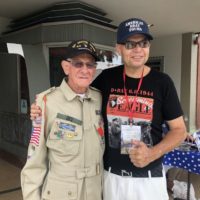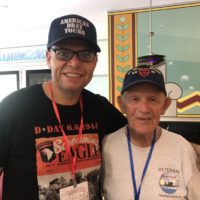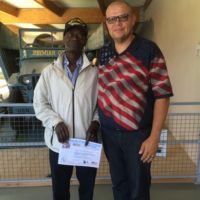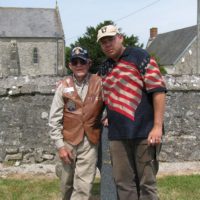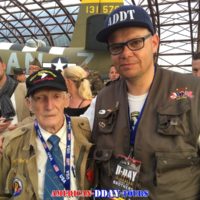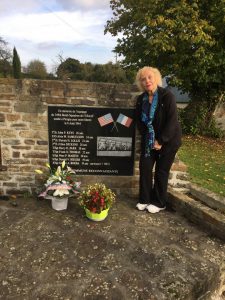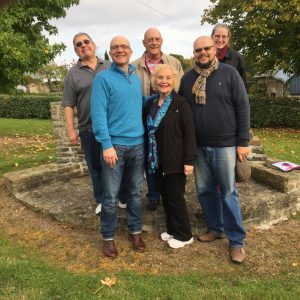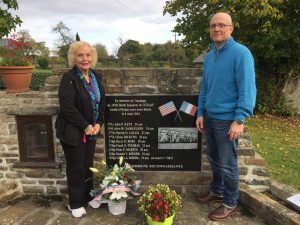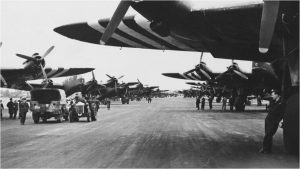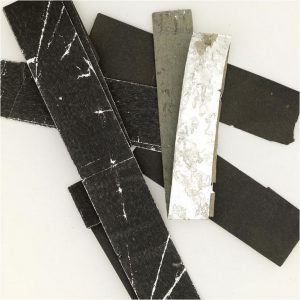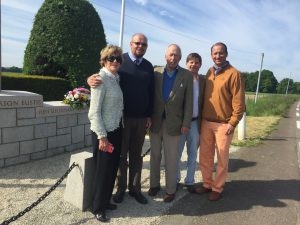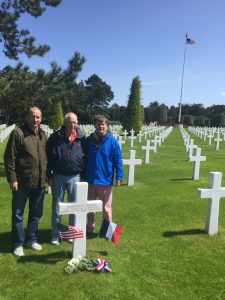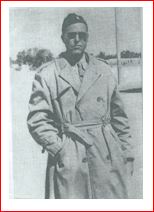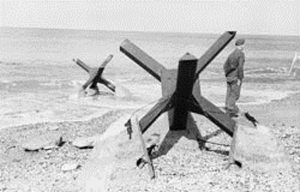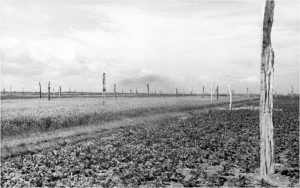The 73rd D-Day anniversary 2017 in Normandy
Saturday 27 May
Sainte Mere Eglise
International March for Peace
Get your hiking shoes on because this is for a good cause information found at the Sainte Mere Eglise tourist office.
The D-Day landings in Normandy
D-Day in Normandy how to prepare your stay.
To help you organise your break in the Bay of Cotentin, the Tourist Offices of Sainte-Mère-Eglise and Carentan offer suggestions for week end and longer breaks, leisure activities and visits. There are many different landscapes to be discovered between the landing beaches, the Regional Nature Park of Cotentin and Bessin, the Baie des Veys and the harbour of Carentan: the coastline, the beaches, the bocage countryside, peat bogs, nature reserves, chateaux, manor houses and many sites dedicated to the history of the D-Day landings. Book your accommodation online on www.ot-baie-du-cotentin.com, and find out what there is to do and see, where to eat and go out in Sainte-Mère-Eglise and Carentan.
D-Day the landing beaches and the Battle of Normandy….Did you know?
Did you know?
D-Day required unprecedented cooperation between international armed forces. The Supreme Headquarters Allied Expeditionary Force (SHAEF) was an international coalition although the Allies were united against Germany, the military leadership responsible for ‘Overlord’ had to overcome political, cultural and personal tensions.
By 1944, over 2 million troops from over 12 countries were in Great-Britain in preparation for the invasion.
On D-Day, Allied forces consisted mainly of American, British and Canadian troops but also included Australian, Belgian, Czech, Dutch, French, Greek, New Zealand, Norwegian, Rhodesian and Polish naval, air and/or ground support.
WW2 Veterans, Normandy and the D-Day landing beaches Thank You Sir for your service !
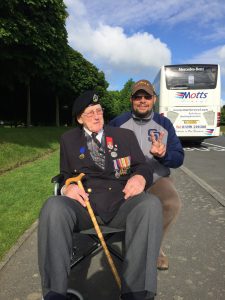
On Saturday June 25th I was with my guests visiting the German Cemetery in La Cambe
when we had the honor of meeting a WW2 British veteran.
Franck Noone is his name, he is 94 years old.
He landed on Sword Beach (in the British sector)
, he started in North Africa,
he was a sargeant and fought all through the Battle of Normandy
returned home in Januarary of 1946.
He told me when he got off his landing craft
he was in chest high water and it was pretty cold area to be in.
He came ashore with the Hampshire Regiment
then later assigned to the Commandos
and took out a gun battery near Colleville (Montgomery).
I was very happy to meet him and speak with him. Thank you Franck for your service.
D-Day and the Battle of Normandy
HARRY DEAN PARK
(1924 – 1944)
On October 27th 2016, I was with the Dechow family,
we did a detour from the normal D-Day sites
to include a visit to the small village of Perigny in Normandy
where a monument dedicated to the crew
of the downed B-17 bomber August 8th 1944.
Their uncle (& great uncle) Harry
was just 20 years old when he lost his life.
The crew went MIA (Missing in Action) on the mission to Saint-Sylvain (Calvados) 8 August 1944.
Their bomber was one of many to partake in Operation Totalize.
Pilot : John P. Keys
Co-pilot : Elvin W. Samuelson
Navigator : Patrick H. Lollis
Bombardier : Elton Dickens
Flight engineer/top turret gunner : Harry D. Park
Radio Operator : Frank O. Thomas
Ball turret gunner : Peter P. Martin
Tail gunner : Donald V. Rieger (8 Killed in Action)
Waist gunner : Gilbert A. Borba (Prisoner of War).
1½ minute before bombs away, at an altitude of about 11,000 feet,
a Flak burst put out engine 2, and another one cut off the tail assembly.
The plane nosed down out of formation and exploded near the ground.
Pieces of it were strewn over many places near Périgny, NE of Vire, France.


